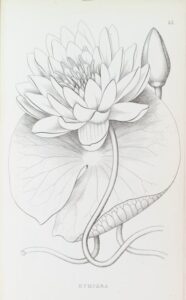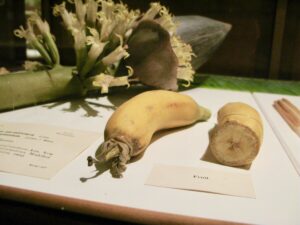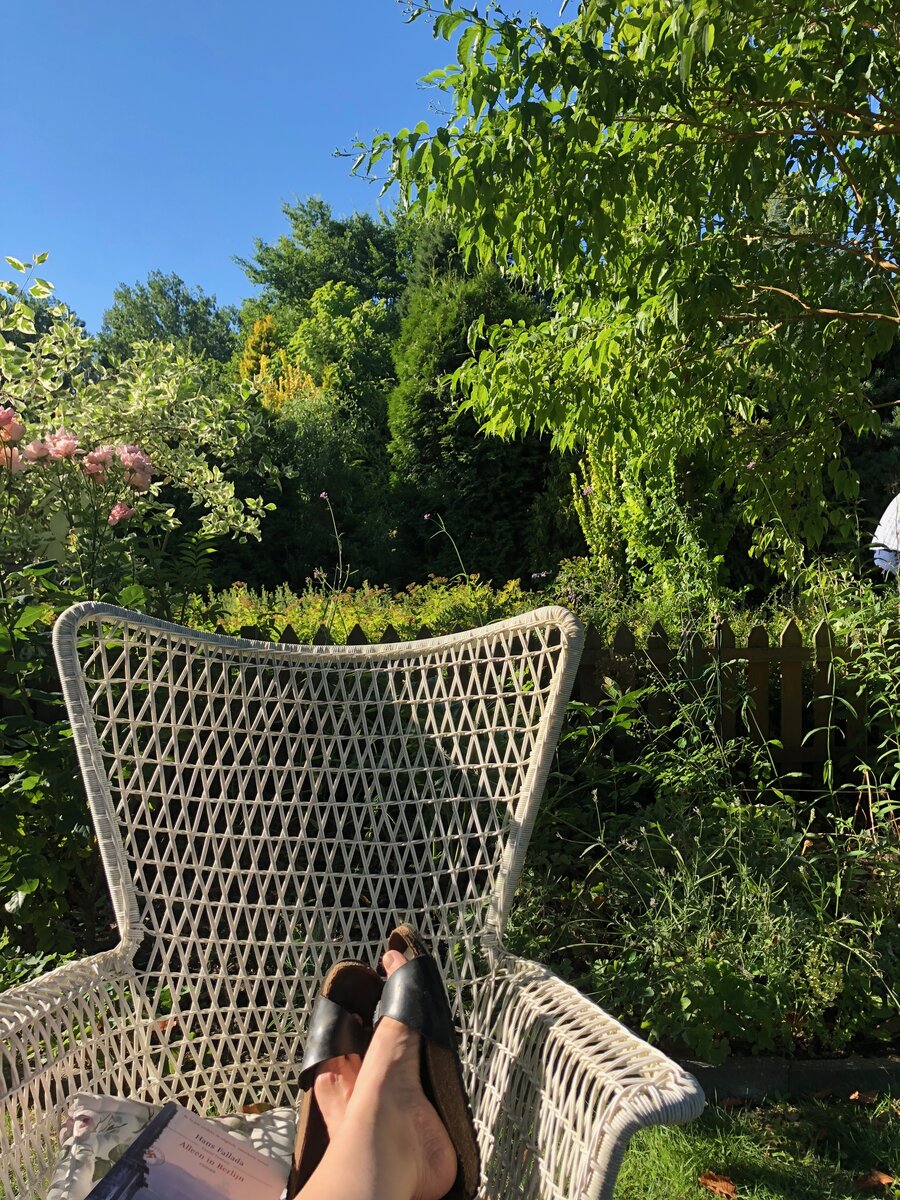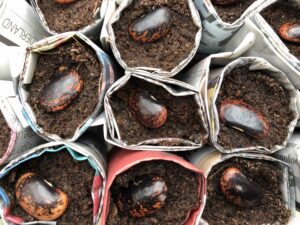With over 5 millions plant species dried and mounted, pickled and preserved and precisely catalogued, the Harvard University Herbaria are among the largest in the world. For much of this collection, we have Victorian-era botanists and explorers to thank. And Asa Gray.
Back in 1842, when Asa Gray became professor of natural history at Harvard, there were few (if any) botanical collections at Harvard. And plant science education had yet to mature.

Gray’s Manual
Within his first 5 years at Harvard, he published what would become a classic, the Manual of the Botany of the Northern United States, from New England to Wisconsin and South to Ohio and Pennsylvania Inclusive. Otherwise known as Gray’s Manual, Dr. Gray had intended this treatise to be a “vade-mecum in herborizations” and a “convenient manual of reference at home”. But his original 350-page manuscript quickly doubled in size in the year before it went to the printer.
Gray befriended and educated some of America’s foremost botanists. But his long friendship and correspondence with British naturalist, Charles Darwin, is perhaps one of his most remarkable contributions to the natural sciences, as he helped Darwin with research that supported the theory of evolution. Gray not only wrote Darwin’s first U.S. reviews, he also edited and arranged for the publication of first U.S. edition of On the Origin of the Species by Means of Natural Selection.
Dramatic times in history
Over a 30-year period – between 1854 and 1881 – Gray and Darwin exchanged some 300 letters, until the end of Darwin’s life. Their letters are full of science, current times and a genuinely warm friendship filled with trust and honesty. Each existing letter has been archived by the Darwin Correspondence Project and can be read individually.
Reading through their correspondence, you come across Darwin giving “hints” to Gray about ways to improve his manual. He writes of observed adaptations of plants for pollination by bees, and sends Gray abstracts of his theory of natural selection. But they also discuss dramatic times in U.S. history, including the problems of the Southern rebels and slavery in 1861, and in 1865, Lincoln’s murder.
Playwright and zoologist, Craig Baxter, used the men’s letters to create the drama, ‘Re: Design’, as we follow the growth of their thoughts and theories. The play gives one a feel for their times, including the thrill of the debate around the introduction of Darwin’s theories – and Gray’s defense of Darwin.
Asa Gray was a devout Congregationalist who not only understood Darwin’s theory but who also promoted the idea that religious belief and evolution were not mutually exclusive; he argued Darwin’s case among scientists.
Just four days after reading the original Origin of the Species, Gray writes to their mutual friend, Joseph Hooker, of the Royal Botanic Gardens, Kew, saying, “It is done in a masterly manner,—it might well have taken 20 years to produce it. It is crammed full of most interesting matter—thoroughly digested—well expressed—close, cogent—and taken as a system it makes out a better case than I had supposed possible.”
Watch the “Re: Design” as performed at MIT.
Read the script of “Re: Design” here.








